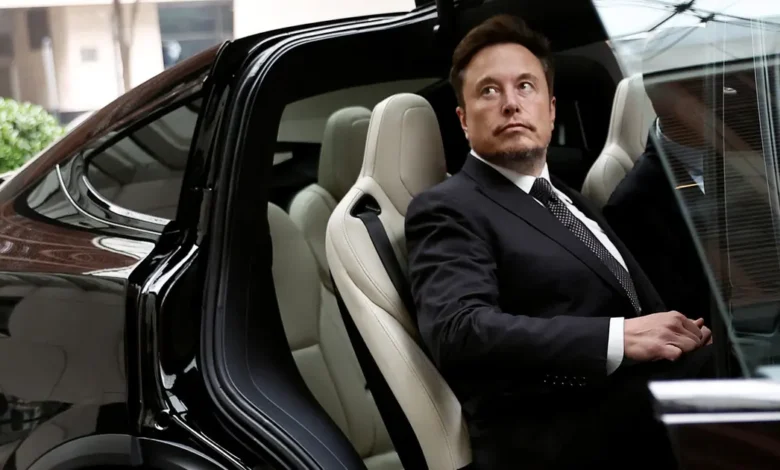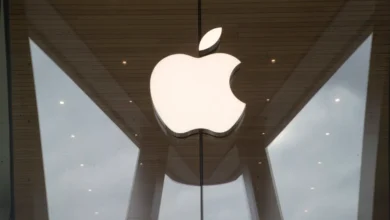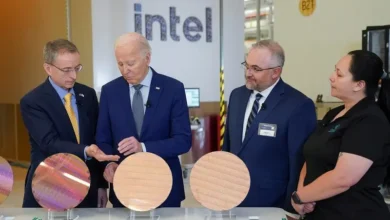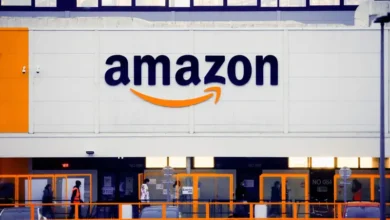Tesla up on prediction supercomputer unit could add $600 bln to market value

Tesla’s Dojo supercomputer could power a near $600 billion jump in the automaker’s market value by boosting the adoption of robo-taxis and its software services, Morgan Stanley analysts said, sending the electric vehicle maker’s shares up 6 percent in pre-market trading on Monday.
Tesla, already the world’s most valuable automaker, started production of the supercomputer to train artificial intelligence (AI) models for self-driving cars in July and plans to spend more than $1 billion on Dojo through next year.
Dojo can open up new addressable markets that “extend well beyond selling vehicles at a fixed price,” Morgan Stanley analysts led by Adam Jonas said in a note on Sunday.
“If Dojo can help make cars ‘see’ and ‘react,’ what other markets could open up? Think of any device at the edge with a camera that makes real-time decisions based on its visual field.”
The Wall Street brokerage upgraded Tesla’s stock to “overweight” from “equal weight” and made it their “top pick,” replacing Ferrari’s US-listed shares.
Morgan Stanley raised its 12-18 month target on Tesla’s shares by 60 percent to $400 — the highest among Wall Street brokerages,as per LSEG data — which, it estimated, would give the EV maker a market capitalization of about $1.39 trillion.
That’s about 76 percent higher than Tesla’s market value of about $789 billion, based on the stock’s close of $248.5 on Friday. The stock climbed about 6 percent to $264 before the bell on Monday.
Jonas expects Dojo to drive the most value in software and ser-vices.
Morgan Stanley raised its revenue estimate from Tesla’s network services business to $335 billion in 2040, from $157 billion earlier.
Jonas expects the unit to account for more than 60 percent of Tesla’s core earnings by 2040, nearly doubling from 2030.
“This increase is largely driven by the emerging opportunity we see in third-party fleet licensing, increased ARPU (average
monthly revenue per user).”
Tesla’s 12-month forward price-to-earnings ratio of 57.9 is well ahead of legacy automakers Ford at 6.31 and General Motors at 4.56, per LSEG data.










